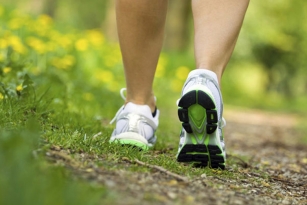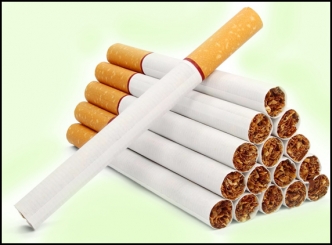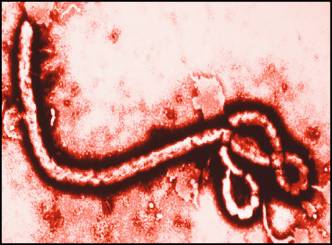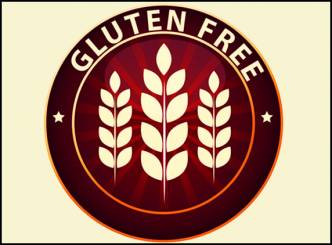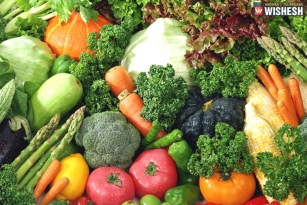
Oranges, mandarins and even kiwi fruits are all sources of food which contain vitamin C. Eating these foods or even taking a vitamin C supplement might just be your personal solution when trying to alleviate your nasty hangover.
A study researching the impact of vitamin C was undertaken in Bratislava in 1997 by E.Ginter, Z.Zloch and R.Ondreicka. This study researched the influence of vitamin C status on ethanol metabolism in guinea pigs.
There were been several prior studies on the impact of vitamin C and ethanol abuse. Initially, Fazio in 1981 found that after drinking alcohol there was an impaired vitamin C status on humans. Following this study, Seitz and Suter in 1994 identified a need for increased vitamin C after metabolic disturbance after drinking alcohol.
This particular study by Ginter, Zloch and Ondreicka has modelled the short term and long term intoxication levels on guinea pigs. Two studies have run in parallel to each other, both undertaken over a five week period on guinea pigs.
The study used male guinea pigs which weighed 370 kilograms and they were placed on a special diet. The diet included 14.4% protein, 39.3% fats and 46.3% of carbohydrates.
The study had three distinct groups, with thirteen guinea pigs in each group. There was a control guinea pig group which was referred to as the 'trace' group as vitamin C was only part of their normal diet, and no additional vitamin C was added. The other two groups, were medium and high in terms of how much vitamin C was added to the guinea pigs diet. The medium group included 0.05% w/w and the high vitamin C group included 0.5% w/w in the diet.
In the first experimental study which modelled short term intoxication, it was twenty-four hours before the guinea pigs were killed when they were all provided a dose of 3g of ethanol per kilogram body weight. This amount of ethanol put the them in a state of short term intoxication.
The second experimental study which modelled long term intoxication was when the guinea pigs were given ethanol twice per week, at a ratio of 1 gram ethanol per kilogram of body weight. This was followed by acute intoxication (3 grams of ethanol per kilo).
The experiment results showed that there was no significant difference in the body weight between the control and the experimental groups. The guinea pigs with the highest concentration of vitamin C were found to have the decreased residual levels of ethanol and acetaldehyde in the liver and the brain.
There are two main pathways for the metabolic pathway, and one of these pathways involves the cytochrome P450 dependent, microsomal ethanol - oxidizing system. The CYP 2E1 enzyme was found to be induced in the case of short and long term alcohol intoxication.
The regression curve by the scientists examined that there was a negative correlation in the curve between Vitamin C levels versus residual ethanol in the liver.
Overall, it was found that the administration of concentrated levels of Vitamin C played a part in the acceleration of ethanol and acetaldehyde metabolism and was able to reduce some of the adverse health effects with drinking.




